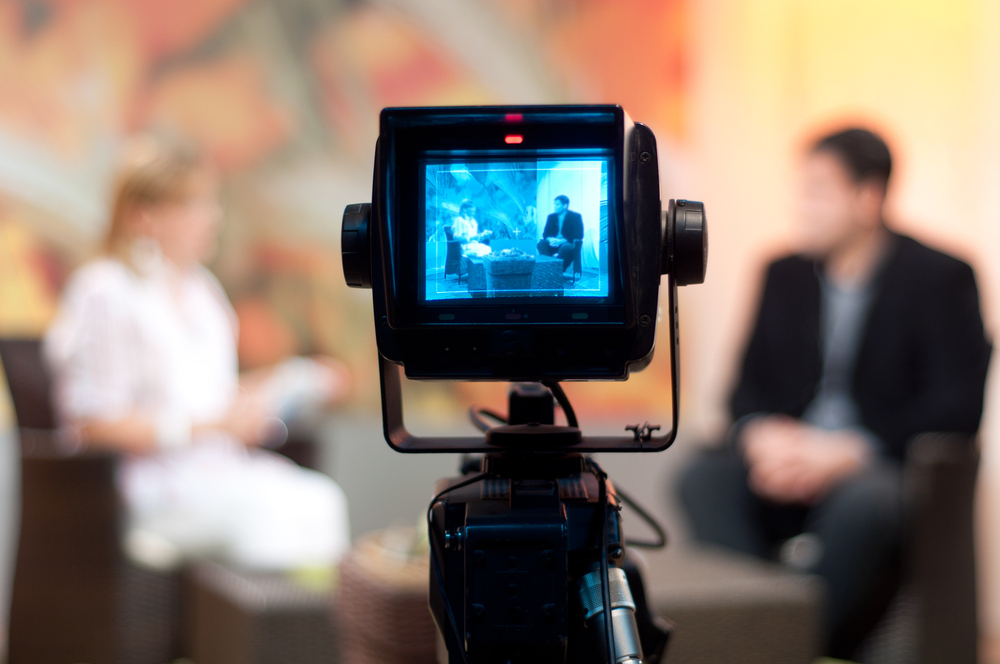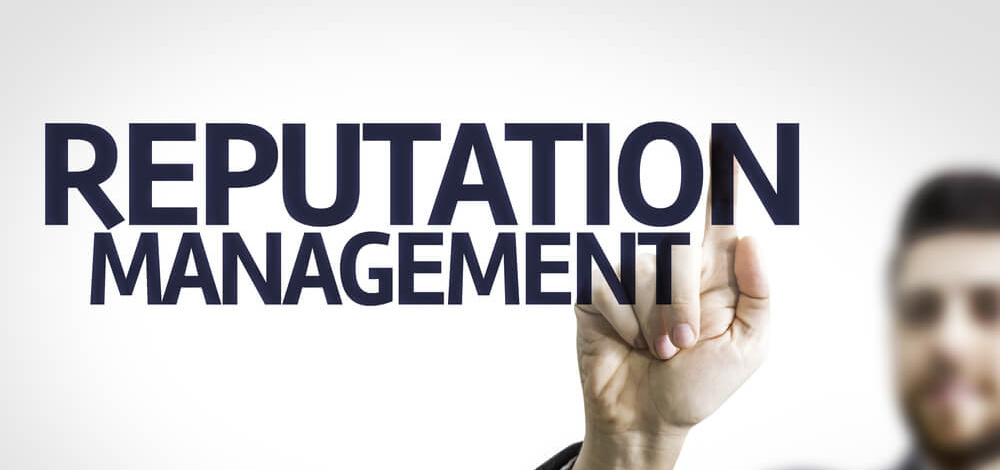Disruptive technologies like artificial intelligence (AI), blockchain, and others are constantly reshaping various industries. But these paradigm-shifting innovations often face skepticism, misunderstanding, and controversy. Why? Their very nature is transformative, and that can be unsettling. Here’s where a thoughtful yet robust public relations (PR) strategy can help address predictable reaction.
Disruptive tech and the role of PR
In a shifting tech landscape, innovation gives way to new and complex products that can be difficult for the average person to grasp. The challenge that any new technology faces is explaining the full implications of its tech once unleashed.
Disruptive tech needs a clear and credible voice to explain its benefits and ensure acceptance of its possibilities. A well-designed PR strategy should be that voice. A primary role is translating tech-speak into a language that resonates with diverse audiences, from industry experts to lawmakers and end users.
Yet, the challenges extend beyond mere comprehension. As disruptive technologies aim to overturn the status quo, they often challenge entrenched systems. This sparks resistance to adoption and may even stir up controversy. A strategic PR approach can help navigate these choppy waters, shifting the focus from problems to solutions and value. It can create transparency, clarify uncertainties, and transform potential crises into platforms for constructive dialogue.
Also, early stages of a technology are rarely smooth sailing; bugs, glitches, and unexpected issues are inevitable. In the face of these complications, the PR plan should prepare for setbacks. It needs to set the larger narrative, emphasizing solutions and progress rather than dwelling on hurdles.
PR and emerging tech: blockchain, metaverse, AI
Several disruptive technologies have benefited from strategic PR over the past decade.
Take blockchain, for example. Initially, it was tied to the volatility of cryptocurrencies, with its broader potential often overshadowed. The challenge was to unravel the complexity of the technology and disassociate it from crypto. PR played a pivotal role by enlightening audiences about the wider applications of blockchain – from supply chain management to healthcare – thus fostering increased acceptance and adoption.
Similarly, artificial intelligence (AI) has seen its share of controversy. Concerns about job losses, privacy breaches, and ethical use are widespread. However, the public dialogue has moved to the benefits of AI – improved efficiency, predictive capabilities, and beyond. The PR and comes teams representing Open AI, Google, and other companies have been careful to engage with the challenges and potential solutions.
Consider the recent innovations around generative AI. These AI systems – capable of creating new, meaningful content – have started to play a significant role in fields like journalism, professional services, banking, marketing and content creation. Ultimately, the challenge for PR and communications is to highlight the ways these AI systems can enhance human creativity, rather than replace it, while alleviating fears of an apocalyptic robot uprising.
Where PR falls short
Even the best PR program is limited, however. The idea of the Metaverse, a virtual reality space where users interact in a computer-generated environment, gained attention very quickly only a year ago but is now largely declared “dead.” The technology’s numerous challenges, such as defining and enforcing ethical guidelines in an entirely new dimension, mass adoption, and differentiation, loom as a counterpoint to PR’s power to inform. Despite efforts to help guide the conversation, the reality of the Metaverse hasn’t yet matched the tech world’s vision for it.
Finally, let’s not overlook Extended Reality (XR), an umbrella term for all immersive technologies like augmented reality (AR), virtual reality (VR), and mixed reality (MR). With the potential to revolutionize industries from gaming to healthcare, XR technology carries huge promise. For PR, the task is to highlight these opportunities while navigating the hurdles related to privacy, access, and hardware requirements.
Navigating PR for disruptive B2B technologies
The B2B tech PR perspective presents its own set of challenges as it pertains to disruptive technologies. PR teams must not only engage the general public but also connect with industry subject matter experts (SMEs), potential partners, and business stakeholders. These audiences demand a higher degree of understanding and sophistication in communications.
A pressing challenge in B2B tech PR is communicating technical complexity in simple terms. This takes a commitment to ongoing learning, staying current, and articulating the impact of new developments in a business context relevant to users.
Skepticism and resistance are inevitable, as disruptive technologies often threaten established systems. PR strategies must strike a delicate balance—highlighting the benefits of the tech while addressing concerns and potential downsides in an open, transparent manner.
PR strategies for disruptive tech
To successfully communicate the value of emerging technologies, PR teams can adapt several strategies and tactics.
Nuanced storytelling: Crafting a compelling narrative around the technology can engage audiences, humanize the innovation, and underscore its transformative potential.
Opinion leadership: Positioning a company or its leaders as authorities or opinion-leaders in the field of emerging or disruptive tech allows for transparency and knowledge-sharing. By sharing insights, forecasts, and expert commentary, companies can build credibility and spark conversation around the technology.
Media relations: Regular interaction with relevant media outlets and influencers allows PR people to extend messaging reach, ensure participation in pertinent discussions, and provide a platform for addressing any controversies or misunderstandings.
Proactivity and agility: Given the swift pace of developments in the tech sector, PR teams need to stay ahead of the curve, anticipating potential issues and being ready to adjust their strategies promptly.
How to keep up
In a world where tech advancements often outpace public understanding, a sound PR strategy is crucial. PR helps navigate the challenges linked to new technologies, from ensuring comprehension and managing controversy, to addressing technical and product-based pitfalls. It can shape the narrative around disruptive technologies, empowering them to unlock their transformative potential.
The task of navigating the technology is intricate, however. It takes careful planning, continuous learning, and an open and curious mind. As we continue to see new disruptive technologies, PR will remain a central player, directing the conversation and guiding innovations toward successful integration into our daily lives and businesses.









